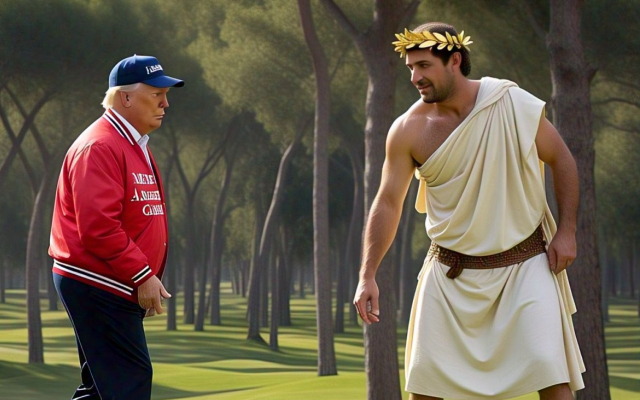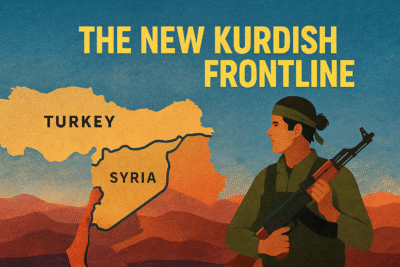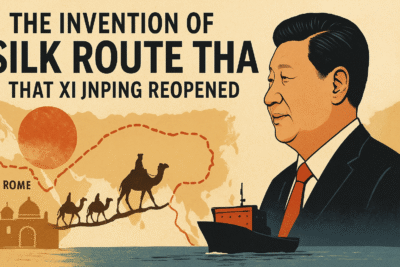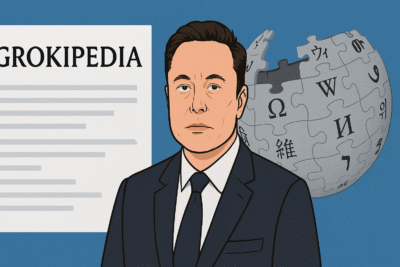
Historians call Nero fiddling while Rome burnt a myth but Donald Trump is seen taking weekend offs while the US economy melts down (Image: Meta AI)
The tumultuous presidency of Donald Trump has frequently drawn comparisons to some of history’s most infamous leaders, but none resonate as vividly as the parallels drawn between the 45th and 47th President of the US and Nero, the Roman emperor remembered for his extravagance, authoritarianism, and alleged indifference to a crisis. These comparisons, amplified during Trump’s second term as economic instability gripped the United States, reflect a broader cultural unease with leadership that prioritises personal theatrics over governance.
At the heart of this analogy lies a potent blend of historical myth-making and contemporary political theatre, revealing as much about modern anxieties as it does about ancient history.
Comparing an Ancient Myth With a Post-Modern Reality
Nero’s reign (AD 54–68) has become synonymous with decadence and tyranny, immortalised by the apocryphal tale that he “fiddled while Rome burned” during the great fire of AD 64. Though historians such as Tacitus dismiss this narrative as fabrication, the myth endures as a metaphor for leaders perceived as frivolous or self-absorbed in times of crisis.
Nero’s legacy is one of contradiction: a ruler who sponsored grand public works and cultural projects yet allegedly indulged in grotesque excesses, including theatrical performances that blurred the lines between emperor and entertainer.
Trump’s presidency, particularly his handling of economic turmoil in 2025, has evoked similar themes. Publications such as The Guardian have carried articles making a comparison between Trump’s weekend golfing and Nero’s alleged fiddling.
Amid escalating trade wars and market volatility, Trump retreated to his Mar-a-Lago estate and Florida golf courses, hosting high-dollar donor dinners and LIV Golf events while delegating critical responsibilities to subordinates.
His declaration that “this is a great time to get rich” as ordinary Americans grappled with financial uncertainty reinforced perceptions of a leader detached from the realities of those he governed. Like Nero, Trump’s penchant for spectacle—whether through bombastic social media posts or staged White House events—transformed politics into a form of entertainment, where the line between statesmanship and showmanship dissolved.
Nero Still Tried to Manage a Crisis: Perception Versus Reality
The Nero comparison gains traction not from historical accuracy but from the symbolic resonance of leadership in crisis. Critics argue that Trump’s response to economic collapse mirrored Nero’s alleged inaction during the fire: both leaders were accused of prioritising personal interests over public duty.
When Trump opted to play golf during the dignified transfer of soldiers killed in Lithuania, or when he delayed tariff decisions until hours before announcements, the optics suggested a leader more invested in his image than in governance.
Yet the analogy falters under scrutiny. As historians note, Nero’s actual response to the fire was swift and pragmatic—he coordinated firefighting efforts, opened his estates to refugees, and initiated reconstruction projects. Trump, by contrast, faced accusations of chaotic policymaking, with aides and allies offering conflicting interpretations of his trade strategies.
Where Nero’s actions, however self-serving, addressed immediate crises, Trump’s approach often appeared reactive, driven by whim rather than strategy. The dissonance between myth and reality underscores how the Nero narrative serves as a shorthand for public frustration rather than a precise historical critique.
The Theatre of Authoritarianism
Beyond crisis management, the Trump-Nero parallel thrives on shared themes of performative authoritarianism. Nero’s reign marked a shift from the stoic dignity of earlier emperors to a cult of personality rooted in spectacle. He competed in chariot races, performed on stage, and reshaped Roman public life around his idiosyncrasies.
Similarly, Trump’s presidency was characterised by rallies, reality-TV demeanour, and a relentless focus on “winning”—a narrative he extended to his golf tournaments, where he claimed victory in club championships amid national turmoil.
This theatrical governance style amplifies perceptions of narcissism and a disregard for institutional norms. Maureen Dowd, the New York Times columnist, likened Trump to Shakespeare’s Richard III, a ruler who seduces audiences with charisma even as he undermines democratic foundations.
The comparison to Nero, then, reflects anxieties about leaders who treat governance as a personal stage, leveraging chaos and controversy to consolidate power.
The Political Price of Imperial Optics
The enduring potency of the Nero analogy lies in its warning about the consequences of imperial overreach. Nero’s downfall came not from the fire itself but from the political alienation it exacerbated. His lavish Domus Aurea palace, built on fire-ravaged land, symbolised a leader out of touch with his people’s suffering.
Similarly, Trump’s Mar-a-Lago fundraisers and boasts about foreign leaders “kissing my ass” risked alienating the working-class base that propelled him to power.
However, Trump’s resilience complicates the narrative. Unlike Nero, who faced revolt and suicide, Trump has weathered scandals that would doom conventional politicians. His ability to frame crises as media fabrications or “deep state” plots mirrors Nero’s manipulation of public perception—a reminder that myth-making can be as politically potent as policy.
History as Mirror
The Trump-Nero comparison ultimately reveals less about either figure than about the societies that produce such leaders. Nero’s infamy arose from a Roman world grappling with the tensions between autocracy and republicanism, a struggle echoed in modern debates over populism and institutional integrity.
Trump’s presidency, like Nero’s reign, challenges democracies to reconcile the allure of charismatic authority with the mundane demands of governance.



